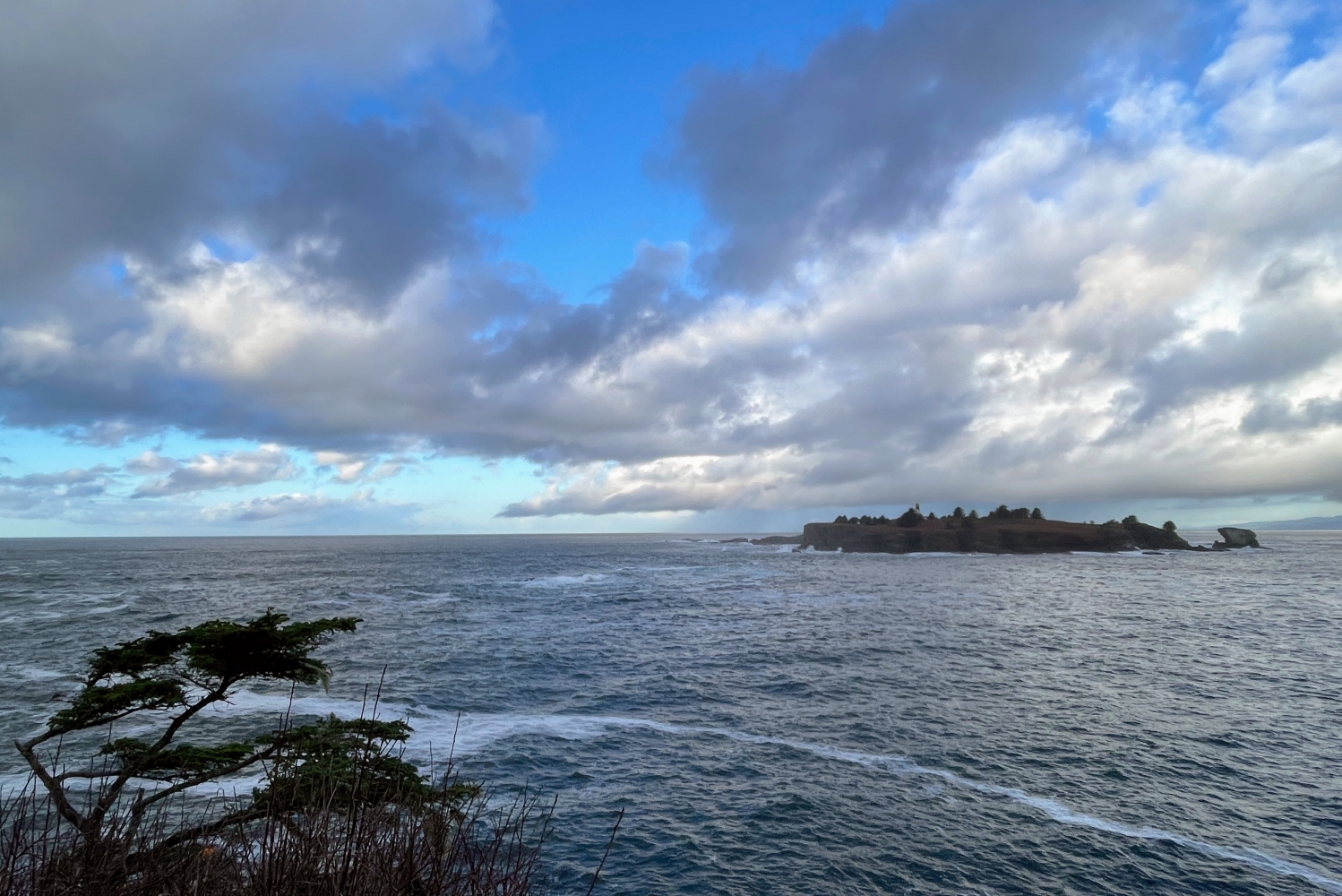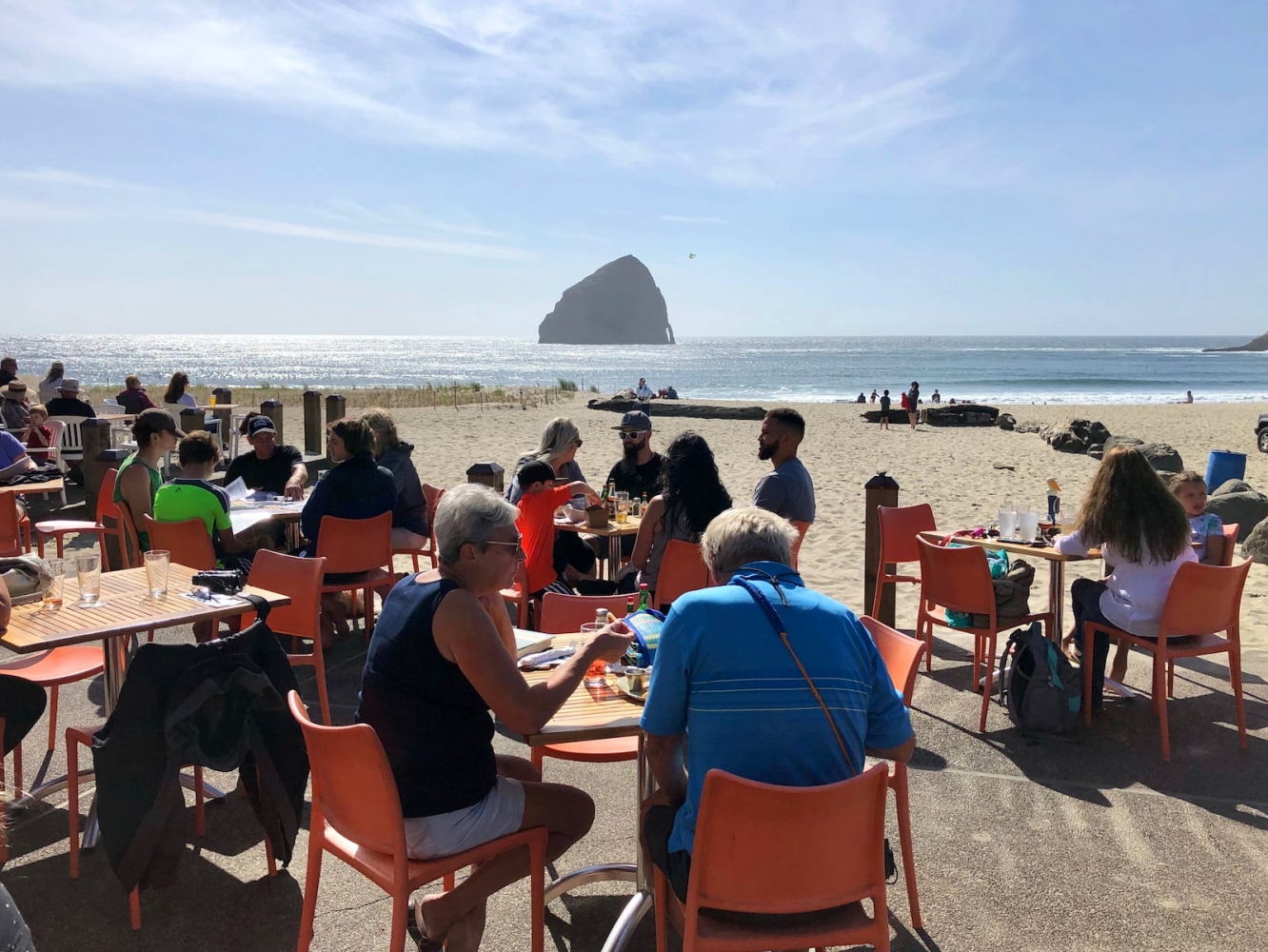

Published on: 10/16/2025
This news was posted by Oregon Today News
Description

A massive heat wave is hitting the Pacific Ocean from Kamchatka to California.
Water temperatures several degrees above normal span thousands of miles, though they have mostly stopped short of the Pacific Northwest coast. Cool water welling up from the depths is thought to be keeping surface temperatures near the Oregon and Washington coasts closer to normal.
Beyond disrupting the ocean’s food web and fisheries, the underwater heat wave, known as “the Blob,” can alter weather on land thousands of miles away.
Since May, an ever-shifting mass of overheated water has occupied much of the northern half of the Pacific Ocean.
In early September, it covered 3 million square miles — about the size of the contiguous United States — according to the National Oceanographic and Atmospheric Administration’s “Blobtracker” program.
Every year from 2019 to 2025, a large marine heat wave has hit the North Pacific Ocean, according to the National Oceanic and Atmospheric Administration’s Southwest Fisheries Science Center.
“Of the last six years, five of these were the largest heatwaves on record for the eastern North Pacific since monitoring began in 1982,” according to NOAA’s Blobtracker website.
“They have been coming along more frequently since the Blob, the grandfather of them all,” said University of Washington climatologist Nick Bond, who coined the nickname after a Pacific Ocean heat wave in 2015.
So far, this year’s Blob has mostly spared the Pacific Northwest.
“It hugs the Alaska Coast, and then it goes offshore, and so we’re not seeing it in our Washington and Oregon coastal waters,” University of Washington oceanographer Jan Newton said. “Then it hugs the California coastline, so it’s skipping us for right now.”

“It certainly pales in comparison to the really intense event that we had in 2014 into 2016,” Bond said.
That long-lasting blob of warm water harmed salmon and shellfish, fueled toxic algae blooms, and killed seabirds by the millions from 2014 to 2016.
“The Blob was a pretty catastrophic event for seabird populations,” Oregon State University biologist Rachael Orben said.
Researchers estimated that 4 million common murres — more than half the species’ population in Alaskan waters — died during the 2014-2016 blob.
“I have hopes that maybe [this year] won’t be so bad for our coastal birds in Oregon and Washington,” Orben said.
Along the Oregon and Washington coasts, water temperatures in the summer of 2025 have been above average, but, for the most part, not extreme or persistent enough to qualify as a heat wave.

Even so, many Northwest creatures, from salmon to puffins, migrate hundreds of miles out to sea and could get caught up in this year’s blob.
Scientists hope La Niña conditions this winter might help break up this blob and bring ocean temperatures closer to normal.
Ninety percent of the extra heat trapped by the atmosphere due to fossil-fuel pollution has gone into the oceans.
“As the ocean warms, food webs will change and will be less productive, and that will make it harder for seabirds to find the food that they need,” Orben said.
Federal scientists who monitor these heat waves with satellites, buoys and ship measurements could not be reached for comment. Many researchers have been furloughed as part of the U.S. government shutdown.
Real-time information on ocean conditions remains available since an automated network of ocean observation stations has escaped proposed budget cuts.
“We feel very buoyed by Congress’s support,” Newton said.
“People understand the importance of the data to the community to help their safety, to help with economic decisions that make our seafood competitive, to protect the health of humans from things like harmful algal blooms,” Newton said.
The Trump administration has proposed eliminating federal funding for the Integrated Ocean Observing System network as part of its push for a much smaller oceanic and atmospheric administration and a more streamlined federal government overall.
News Source : https://www.opb.org/article/2025/10/16/blob-heat-wave-pacific-ocean/
Other Related News
10/16/2025
Kick off Regatta weekend with us this Saturday at Stickmen Brewing Company for Pumpkins am...
10/16/2025
A grand jury on Oct 7 indicted a 43-year-old man on 22 burglary charges adding to a slew ...
10/16/2025
Starting Nov 7 occupational health services will not longer be offered at four Providence ...
10/16/2025
By Laura Castellanos Edited by Rodrigo CervantesMEXICO CITY The first of several protest...
10/16/2025









